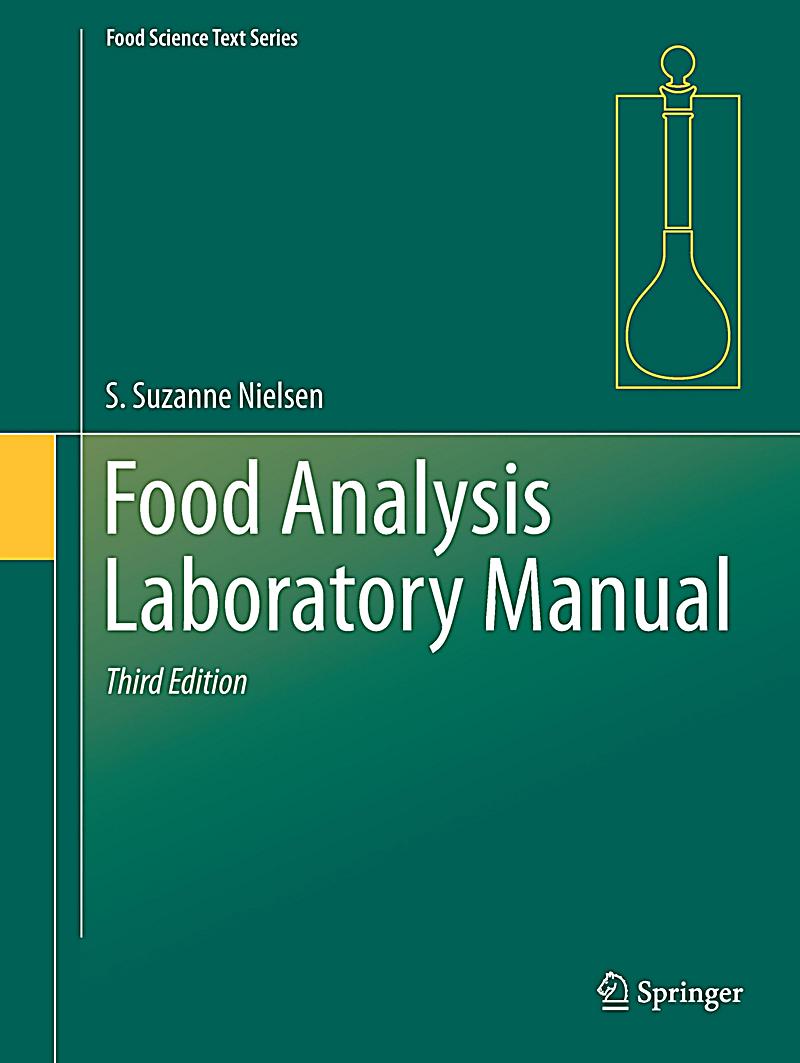Sweeteners Analysis Lab Manual download free
Have you been following the increasing efforts by various governments to regulate the amount of sugar in beverages or impose sugar taxes on sugary drinks in an effort to reduce sugar in food and beverage products? In one story, (link to story) and in another story, the (link to story). By the way, a new study concluded that (link to study). Here, I am pleased to present several,, and methods for the analysis of sugars, carbohydrates, and artificial sweeteners in sodas, fruit juices, and milk drinks. First, our 53-page, (downloadable PDF) features High-Performance Anion Exchange with Pulsed Amperometric Detection (HPAE-PAD) methods for the analysis of sucralose, sugars in molasses, and carbohydrates in beverages. A detailed column selection guide is included at the end of the application notebook to help you quickly choose the right column for the best analysis.
download Steel Building Design Manual. CHEM 311L Quantitative Analysis Laboratory Version 1.1 An HPLC Analysis of Sweeteners in Beverages In this laboratory exercise we will perform a separation of the components of diet soft drinks.
download Jci Training Manual torrent there. Poster Note,, (downloadable PDF), describes several methods using HPLC with one of our (Thermo Scientific Dionex Corona Charged Aerosol Detector) for the analysis of common natural sugars (fructose, glucose, turanose, saccharose, trehalose, maltose, melezitose, and raffinose); artificial sweeteners (sucralose, aspartame, saccharin, and acesulfame K); and stevia extracts (rebaudioside A and stevioside). The methods described demonstrate decreased run times and an increased sensitivity for glucose, lactose, and sucrose in the samples. Application Note 20558,, (downloadable PDF), addresses the challenges of analyzing volatile forms of sugars using gas chromatography and describes a method in which a commonly used derivatization reagent, N-Methyl-bis (trifluoroacetamide) (MBTFA) was used for converting sugars to their volatile forms followed by separation of TFA sugar derivatives, such as fructose and glucose anomers, using one of our mid-polar (Thermo Scientific TRACE TR-1701 GC column) and one of our (Thermo Scientific TRACE Ultra Gas Chromatograph). The method was completed in less than 17 mins. A previous blog post covered an improved (link to post). Additional Resources • Check out a large library of on this blog.
